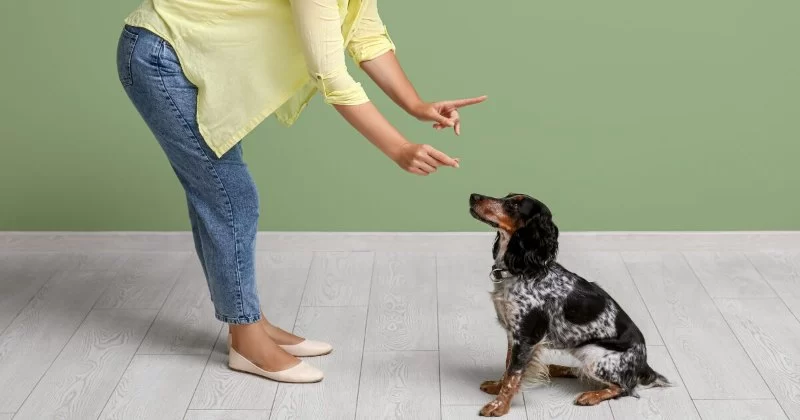- why-obedience-training-matters-at-home
- understanding-your-dogs-learning-style
- first-commands-to-teach-at-home
- common-challenges-and-how-to-overcome-them
- real-life-success-stories-of-at-home-training
- expert-vet-insights-for-long-term-training-success
1. Why Obedience Training Matters at Home
1.1 Building a Healthy Relationship
Training isn’t just about commands—it’s the foundation of your bond with your dog. It improves communication, reduces behavioral issues, and builds trust. At-home training also allows your dog to learn in a familiar environment, free of distractions.
1.2 Safer Environment, Smarter Dog
A well-trained dog is less likely to run into danger, such as bolting into traffic or eating harmful items. Obedience can truly be lifesaving, and teaching it at home ensures consistency every day.
2. Understanding Your Dog’s Learning Style
2.1 Every Dog Learns Differently
Some dogs are food-driven, others respond to toys or praise. Recognizing your dog's motivation is step one. For example, Bella the beagle from Ohio thrived on treats, while Max the shepherd only worked for belly rubs.
2.2 Using Positive Reinforcement
Avoid punishments. Instead, reward good behavior consistently. Say the command, show what you want, and reward promptly. Repetition, patience, and consistency are key—especially with puppies.
3. First Commands to Teach at Home
3.1 Sit, Stay, and Come
These basics form the core of obedience. Start with “Sit” using a treat over the nose and a firm voice. Once your dog sits reliably, teach “Stay” with increasing duration. “Come” is reinforced through joyful recall and rewards.
3.2 Leave It and Drop It
Essential for safety, especially when your dog grabs something they shouldn’t. Practice with low-stakes items like toys before progressing to food or outdoor finds.
3.3 Crate and Leash Training
Crate training provides a safe space and helps with housebreaking. Leash training teaches control during walks. Use gentle redirection and don’t yank or pull—just reward for staying close.
4. Common Challenges and How to Overcome Them
4.1 Barking, Jumping, and Nipping
Over-excitement is often the culprit. Ignore bad behavior and reward calm actions. For nipping puppies, redirection to a chew toy works better than scolding.
4.2 Inconsistency in Household Rules
If one family member allows jumping on the couch while another doesn’t, it confuses the dog. Agree on household rules and stick to them. Training success depends on clarity and unity.
4.3 Lack of Patience
Rome wasn’t built in a day, and neither is a well-trained pup. Celebrate small wins. Even five minutes of training a day makes a difference. Make it part of your routine—before meals or evening walks.
5. Real-Life Success Stories of At-Home Training
5.1 Daisy the Rescue’s Journey
Daisy, a rescued pit mix, was once anxious and unruly. Her owner began with crate comfort training and daily “Sit” practice. Within three months, she not only followed commands but walked calmly through city streets.
5.2 Cooper’s Counter Surfing Fix
Cooper the golden retriever had a habit of stealing food. His owner used a combination of “Leave It” and environmental design—removing temptation—and now Cooper waits patiently even when steak is on the counter.
6. Expert Vet Insights for Long-Term Training Success
6.1 When to Seek Professional Guidance
If your dog shows signs of aggression or doesn’t respond after weeks of consistent effort, consult a vet or behaviorist. Hidden Brook Veterinary offers behavioral consultations that combine medical checks with tailored training advice.
6.2 Tailoring Training to Health Needs
Senior dogs or dogs with arthritis may struggle with commands like “Sit” or “Down.” Training should accommodate physical abilities. Your vet can help modify routines to keep learning safe and effective.
6.3 Keeping It Fun for Both of You
Games like hide-and-seek with treats or teaching tricks like “high five” make training enjoyable. A positive atmosphere turns training time into bonding time—and that’s the real reward.












